I didn’t grow up on the prairies, but as a kid I dreamed that I did.
I read about life in the “wild west” and watched the movies. In my mind, I was a cowpoke, riding a horse and tending cattle in the vast grassland expanses of the Great Plains.
Canada has a great, and diverse, ranching tradition. There are some great ones like John Ware, Jackson Sundown (Waaya-Tonah-Toesits-Kahn), and Marie Rose Delorme. I only learned about these great Canadian pioneers as an adult as I studied Canada’s prairie conservation leaders—the giants of grassland conservation on who’s shoulders we stand.
Living the Dream

These days — like a seven-year-old playing pond hockey and dreaming of skating in the NHL — I get to live my childhood ranching dreams, spending hot summer days on the “open range” as a grassland ecologist. My work in native grassland conservation allows me to experience the modern ranching landscape and culture in Canada’s west. With every passing summer, my respect grows for the good work that ranchers do.
Ranchers can, and do, count themselves among the most important stewards of native grassland biodiversity in Canada. Managed for long-term sustainability, ranches provide the range of grassland habitats that native plants and animals need on the prairies. This means a biodiverse mix of native grasses and flowering herbs — a mosaic of grazed and ungrazed sites providing suitable habitat for birds and insects. A network of upland, lowland, and wetland habitats for deer, Pronghorn, waterfowl, Prairie Dogs, badgers, and the myriad wildlife that call the prairies home.
A Dwindling Heritage
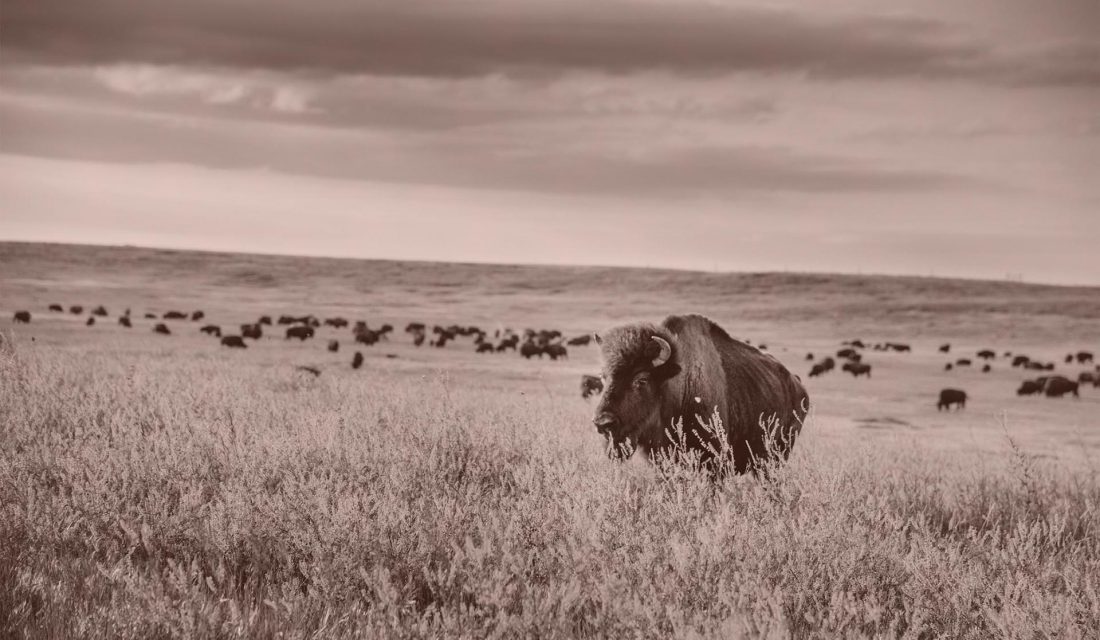
When the bison still roamed the prairies, long before the homesteaders arrived, endless native grassland supported rich biodiversity, carefully stewarded by the Indigenous nations who lived there. Millions of bison, Pronghorn, elk, and deer supported predators like Plains Grizzly, Prairie Wolf, Coyote and Cougar, along with dozens of scavengers. Prairie grasses and wildflowers were home to tens of thousands of species of pollinating, burrowing, scavenging and biting insects.
Sadly, only about 20 per cent of the native grasslands that existed in Canada prior to European settlement are still around. The rest has been ploughed for crops, developed, or paved. Of the native grassland that remains in Canada, over 90 per cent are managed by ranching families or grazing cooperatives as part of the beef cattle industry. This makes cattle ranchers the single most important group of natural grassland managers in Canada. Without cattle ranching, even more native grassland would be tilled or developed, further imperiling Canada’s native grassland wilderness and the dozens of species at risk that depend on the grasslands.
Beef With Beef?
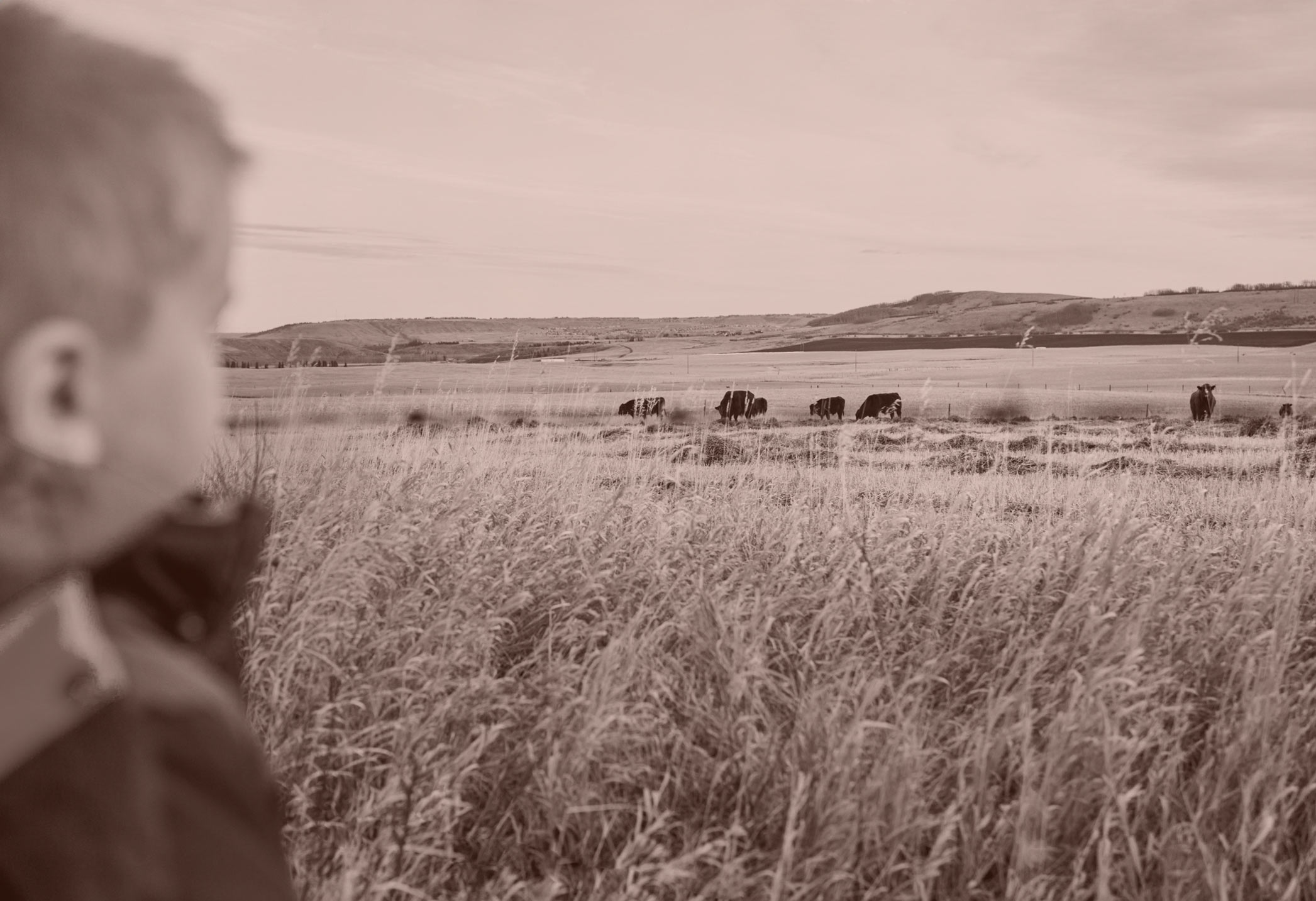 We understand if you have a beef with beef. Eating meat isn’t for everyone, and like every modern industry scaled to satisfy global markets, the management practices of the beef supply chain require continuous improvement. This is why the Canadian Wildlife Federation is involved in biodiversity research and monitoring on ranches in Saskatchewan. We work with rancher organizations in Saskatchewan to help understand how management practices benefit native biodiversity. By doing so, we have learned a lot about the interplay of grazing cattle and prairie wildlife and grown in our admiration for the conservation work that ranchers do.
We understand if you have a beef with beef. Eating meat isn’t for everyone, and like every modern industry scaled to satisfy global markets, the management practices of the beef supply chain require continuous improvement. This is why the Canadian Wildlife Federation is involved in biodiversity research and monitoring on ranches in Saskatchewan. We work with rancher organizations in Saskatchewan to help understand how management practices benefit native biodiversity. By doing so, we have learned a lot about the interplay of grazing cattle and prairie wildlife and grown in our admiration for the conservation work that ranchers do.
The term “ecosystem services” is a buzzword used often in the nature conservation world. It refers to the things that nature does for society that we do not build or pay for. Think urban trees producing oxygen and filtering pollutants. Native grasslands provide essential ecosystem services by storing vast amounts of carbon underground and, due to their increasing scarcity, providing homes for species at risk. Ranchers are still cowpokes, but conservation cowpokes, enabling these essential ecosystem services by effectively managing Canada’s natural grasslands.

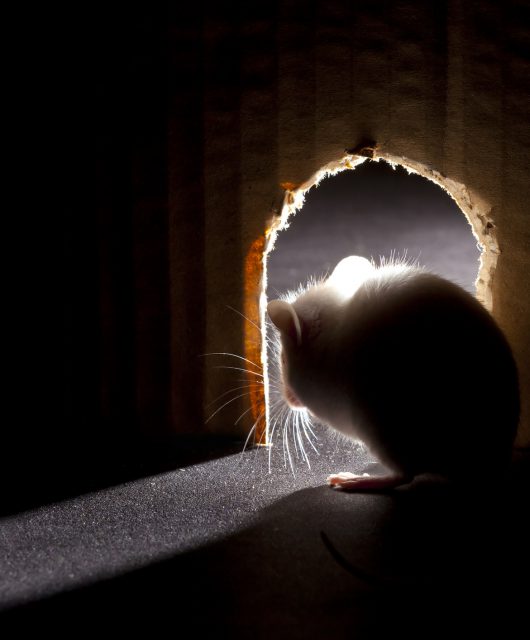
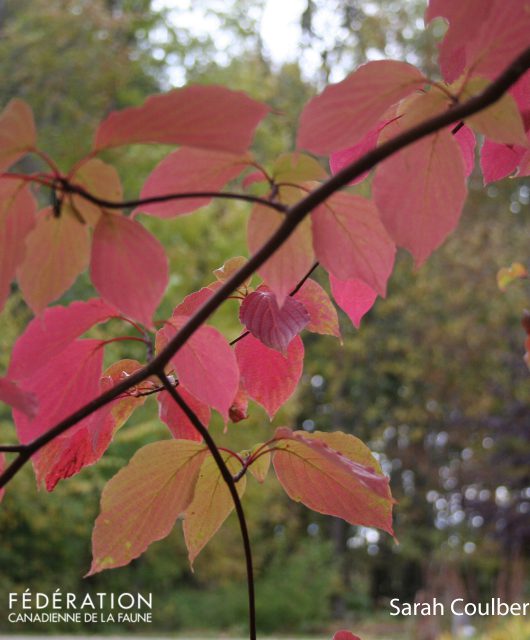
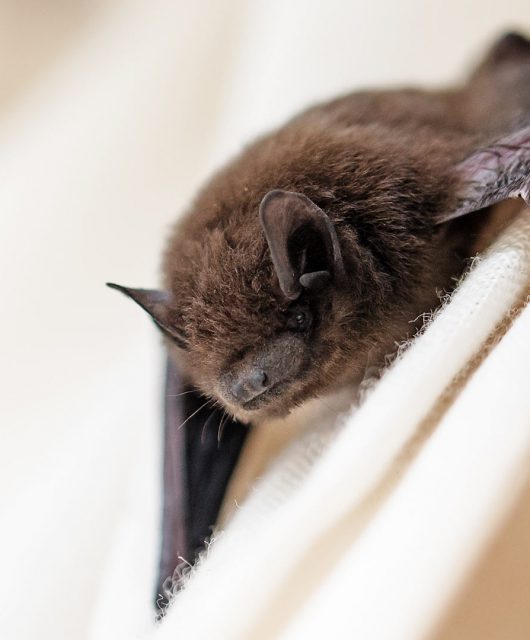

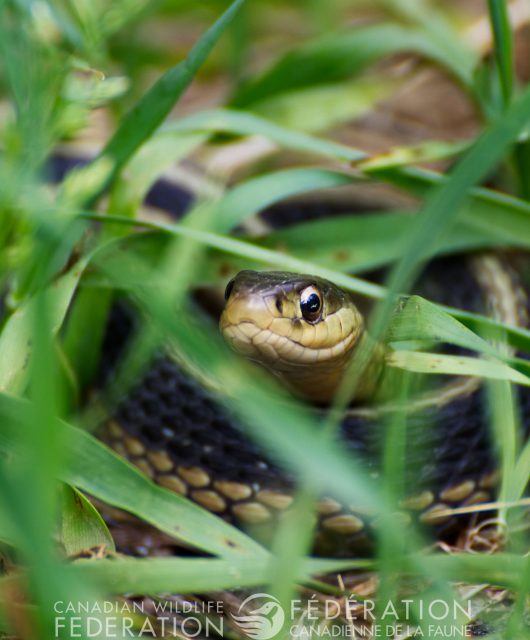
1 comment
Thank you for the news on grasslands and the role played by ranchers. Many vegetarians, and advocates for a plants only diet don’t realize the important of the balance between plants and animals. The earth needs animals to renew fertility so plants need animals in order to thrive. Chemical fertilizers deplete and can kill the soil. animals renew it with not just nutrients, but life supporting bacteria, trace elements that support a vast population of creatures including fungi that enhance nutrient absorption by plants. Nature provides a balance between plants and animals including insects, birds, reptiles and amphibians, and soil dwellers like earthworms. As people we need to be better informed, more aware, and more natural in understanding and appreciation.